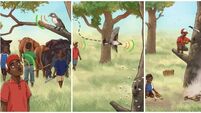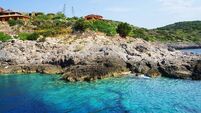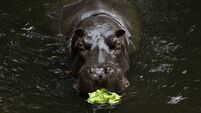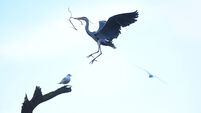Richard Collins: Is human-induced global warming opening the door to dangerous insects?
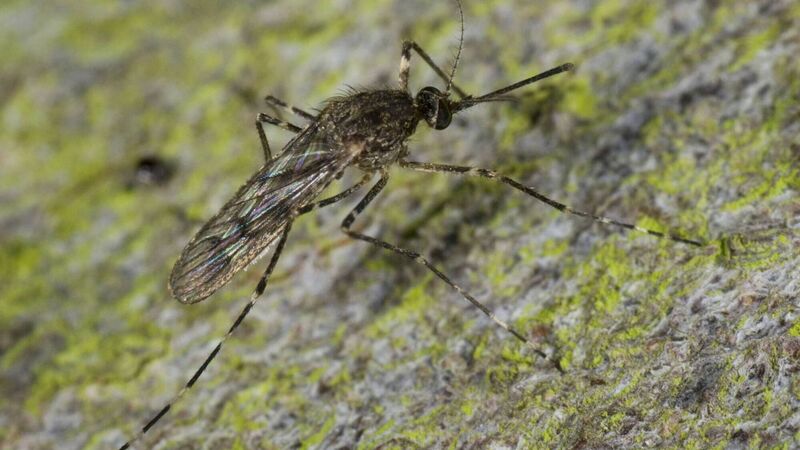
Culiseta annulata mosquito — one of the largest species of mosquito, recognised by its banded legs
Irish monks, seeking solitude, visited Iceland in the late 9th century. They left the island later when Norse settlers arrived. Perhaps they didn’t want to live among pagans.
Now that country has other unwelcome visitors — a male and two female ‘banded’ mosquitoes, Culiseta annulata, were discovered in a glacial valley north of Reykjavik last month. The species can survive in moderately cool conditions.
With wingspans of up to 15mm, these are among the larger members of their tribe. They live in marshy places where there are fresh, or brackish, pools. Opportunists, they will lay eggs in drains and discarded rain-filled cans. The adults hibernate indoors. Being notorious biters, they are not welcome in Iceland. It is hoped that, like the monks of old, they won’t stay permanently.
The Arctic and the Antarctic are free of mosquitoes and Iceland is, of course, just south of the Arctic Circle. Biting midges are a nuisance in summer, but there are no ‘mozzies’. The Arctic is warming at four times the rate of more temperate regions and record high temperatures were recorded in Iceland this summer. Mosquitoes need heat.
Did human-induced global warming open the door for them?
How these insects got to Iceland isn’t known. Had they become trapped in a shipping container? Did they hitch a ride on an aircraft? Cases of malaria have occurred near airports in Britain, for which stowaway mosquitoes of another group, the anophelines, are blamed.
We have 18 mosquito species in Ireland, most of them harmless. Culiseta annulata is widespread here, as elsewhere in Europe. Thankfully, it doesn’t carry the parasites which transmit malaria or dengue fever.
But anophelines also live in Ireland. They are easy to identify: when resting, they raise their bottoms high in the air, whereas culisines, including the banded species, hold their abdomens parallel to the wall surface.
Nor have we been strangers to malaria in the past. Archaeologist Charles Mount claimed that "malaria could partly explain the widespread iron-anaemia deficiency seen in Irish Early Bronze-age cemeteries". Victims of the disease tend to have low levels of iron in their blood.
During the 1850s, soldiers returning from the Crimean War introduced plasmodium, the parasite causing malaria, to Cork’s mosquito population. Almost a thousand cases of the disease had been reported by the time the outbreak petered out a decade later.
Oliver Cromwell may have died of ‘Cork fever’, contracted during his visit to Ireland. He never entered the walled city but set up his headquarters at Youghal in 1649. His detractors claim that he refused to take quinine, the only effective anti-malarial drug known at the time, because it was ‘the Jesuit powder’. The Quichuan people in the Andes had introduced missionaries to the curative properties of the cinchona bark.
Female mosquitoes need a blood-meal to form their eggs. Using their long forward-pointing proboscis to extract blood, they flit from victim to victim. In doing so, they carry plasmodium to new hosts. If sufficient numbers of people become infected, a runaway ‘critical mass’ is reached and the disease becomes endemic.
Ireland, which the Romans called Hibernia or ‘the land of winter’, has been too cold for plasmodium to prosper up to now.
But the climate is changing.
CLIMATE & SUSTAINABILITY HUB




